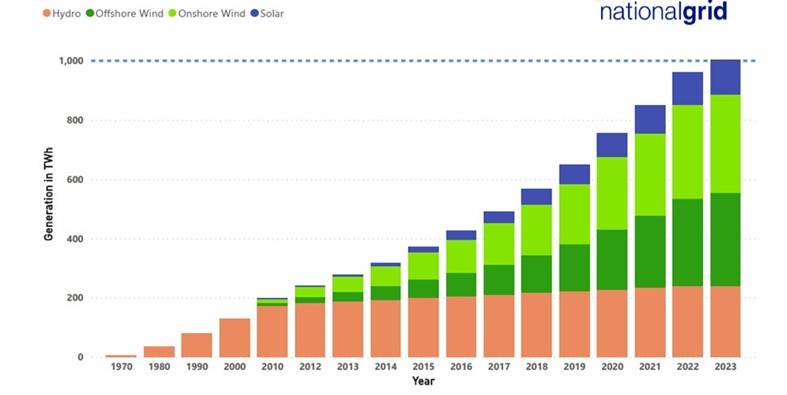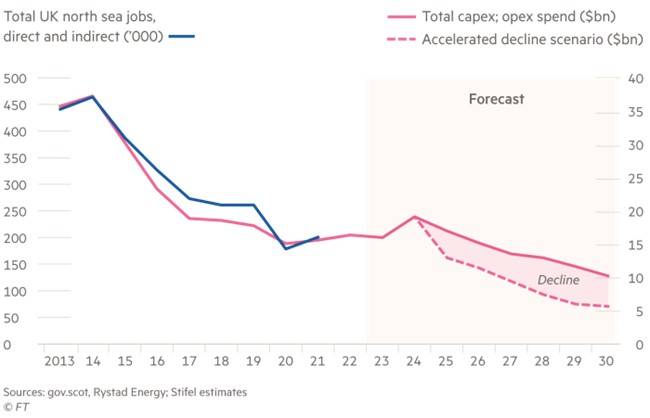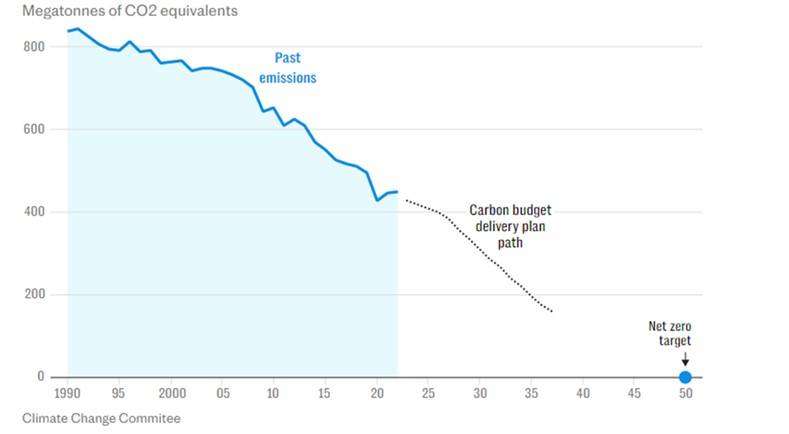U.K. General Election 2024 – Party Proposals for the Energy Sector
Energy and climate change policies are playing a key role in the upcoming 2024 General Election. We look at what each party is promising and how that will impact the energy sector.

Energy and climate change policies are playing a key role in the upcoming General Election.
The transition to Net Zero is a worldwide endeavour, with the International Energy Agency identifying the importance of tripling global renewable capacity by 2030, to achieve Net Zero by 2050.
This places our election at a crucial juncture, and while the majority of parties agree on the importance of a strong energy transition, differences lie in the routes proposed.
There’s a lot to take in, especially around cost and feasibility of projects, particularly as businesses and consumers continue to feel the impacts of the cost-of-living crisis.
We’ve summarised and analyses some of the main points made in party manifestos to help you navigate the information.
Net Zero Targets
| Political Party | Net Zero Target |
| Conservative Party | 2050 |
| Labour Party | 2050 |
| Liberal Democrats | 2045 |
| Scottish National Party | 2045 (in Scotland) |
| Green Party | 2040 |
| Plaid Cymru | 2035 (in Wales) |
| Reform UK | Pledging to scrap Net Zero targets |
While target dates vary, most parties continue to place Net Zero as the end goal for the energy transition. Reform UK is the exception, pledging to reduce Government spending by “scrapping Net Zero and related subsidies”.
Labour intends to decarbonise the electricity grid by 2030, with the Conservatives adopting a more cautious target of 2035. Both strategies would require significant investment in renewable generation and storage capabilities.
Renewable Projects
With the exception of Reform UK, investment in renewable projects has been proposed by all the major parties. The Conservatives plan to raise solar capacity to 70 GW by 2035, with Labour aiming for 50 GW by 2030. Offshore wind expansion has also been strongly mooted, as Labour targets an additional 60 MW by 2030, exceeding the Conservatives’ target by 10 MW.
There exists greater divergence concerning onshore wind capacity, which Labour looks to double by 2030.
The Sunak administration recently loosened restrictions on onshore wind projects, after years of delays and conflicting views within the party. However, this has not translated to an endorsement, as the Conservative manifesto is noncommittal on the subject.
Central to The Labour Party’s climate agenda is its planned Great British Energy project, an ambitious public company in Scotland, that it has earmarked £8.3bn towards over the next five years. Keir Starmer recently emphasised this company would invest in renewable energy alongside the private sector, rather than entering the retail energy market sector.
The Liberal Democrats appear more closely aligned with Labour’s ambitions; it’s election manifesto stating intent to remove restrictions on new solar and wind projects, as well as investing in tidal and wave power.

Stance on Fossil Fuels
The Conservative Party plans to grant new licenses for oil and gas projects in the North Sea to strengthen U.K. energy security – a move Labour has rejected – though it has pledged to honour existing licenses. Both parties have stressed the importance of fossil fuels in the energy transition, though Labour appears to favour a more aggressive phase-out. The impact on jobs has been raised by the SNP despite Starmer’s reassurance, perhaps factoring into Labour’s decision to base GB Energy in Scotland.

The Conservatives pledge to keep the windfall tax on oil and gas profits in place until 2029 while prices remain above set thresholds, a move echoed by Labour, though they have pledged to close loopholes to bolster tax revenues.
Nuclear Power
As expected, parties offer a wide range of views concerning nuclear power. The Green Party is seeking to phase out all nuclear sites on safety and cost grounds, while Plaid Cymru and the SNP oppose the development of new power stations in their respective countries. The topic is, however, conspicuously absent from the Liberal Democrat manifesto.
Reform UK and the Conservatives agree on the benefits of Small Modular Reactors, the latter pledging to approve two new fleets within 100 days of the next Parliament beginning, as well as building a new power plant in North Wales.
Labour has promised to complete the long-delayed Hinkley Point C project and has also noted the role of SMRs in its vision for the sector’s future.
Electric Vehicles
In September 2023, Rishi Sunak delayed the ban on the sale of new petrol and diesel cars from 2030 to 2035 but retained the manufacturer obligation to ensure 80% of car sales are electric by 2030. Labour and the Liberal Democrats seek to return this policy to its original 2030 date.
A new Government, a new pathway?
Regardless of which party wins the election, and subsequently which path is taken, the impact of the energy transition on public debt is set to rise over the coming decades. This graph from the Office for Budget Responsibility projects the cost as a percentage of GDP, forecasting a sharp increase as we near 2050. The Conservatives have highlighted their “pragmatic” approach to Net Zero, framing their goals in the context of fiscal prudence.

Labour has promoted a more ambitious approach to energy transition. The final cost of its plans to the taxpayer remains unclear, though it has ruled out increasing Income Tax, National Insurance or VAT for the individual. The windfall tax on energy companies is set to raise funds, as would other proposals such as ending VAT exemptions for public schools and reforming the tax system for non-doms.
Regardless of the outcome of the election, it’s safe to assume that the energy sector will continue to experience further changes in the future. We believe the opportunity will come from understanding how to embrace these changes in a positive way, as part of your ongoing Net Zero pathway.
Sami Siddiqui, Trading Analyst, Equity Energies
